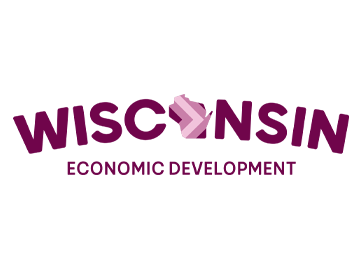Guest Column: Prioritizing Wage Growth Pays Dividends
By Department of Workforce Development Secretary Caleb Frostman

Much to the chagrin of my team at the Department of Workforce Development (DWD), I usually start presentations and meetings with a cheesy ice breaker or a marginally funny joke. A joke I use often, which gets a laugh about a third of the time (just enough to keep using it), is that I’m a recovering banker. Having spent a decade financing commercial real estate, there’s some truth to the mildly amusing statement.
Although I have moved on from banking, my time there permanently shifted my focus to achieving the highest possible return on investment (ROI), whether that was time, energy, or money. This lens was shaped while analyzing loans’ profitability to the bank’s shareholders, as well as which factors had the greatest impact on our risk (rental rates, occupancy, cap rates, etc.).
Disciplined prioritization of the highest ROI has followed me through work in economic development, the legislature, and now workforce development, purposefully targeting time and resources to the most impactful programs and activities.
Having been intimately involved in workforce efforts since my time at the Door County Economic Development Corporation, the workforce shortage has been the most commonly discussed opportunity for driving economic growth, and effectively combatting it remains a top priority for DWD and for Governor Evers.
Widening our workforce net to reach nontraditional and marginalized populations through our work in reentry programming, vocational rehabilitation, with our veterans, and in career and technical education for our youth has proven fruitful for our state’s workforce and our employers. Creatively expanding our workforce recruitment efforts will always be an integral component of our comprehensive strategy for strengthening Wisconsin’s economy.
However, with so few Wisconsinites currently on the employment sidelines, DWD has increased our focus on wage growth as an effective strategy for economic expansion. Approximately 70% of GDP, the most common measure of economic health, is consumption – Wisconsinites buying groceries, clothing, going out to eat, and spending at local businesses, large and small.
Adding new folks to the workforce can and will provide previously unemployed Wisconsin residents newfound purchasing power, but with unemployment below 3.5%, far greater potential for economic growth lies in the consumptive power of the millions of Wisconsinites already working at our state’s businesses.
Accordingly, DWD has invested considerable time, effort, and resources into proven programs like apprenticeship that result in solid wage growth. DWD has also updated our flagship training grant program, Wisconsin Fast Forward, to more heavily weight wage growth in the grant scoring process.
With greater purchasing power, the millions of working Wisconsinites are better able to support local businesses, invest in their communities, drive GDP growth, and create new and greater demand for goods and services, thereby providing new opportunities for businesses and entrepreneurs. Due to its outsized potential for driving economic expansion in an economy near full employment, prioritizing wage growth is an investment strategy worth banking on.































